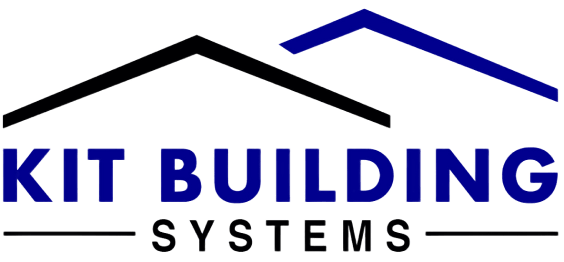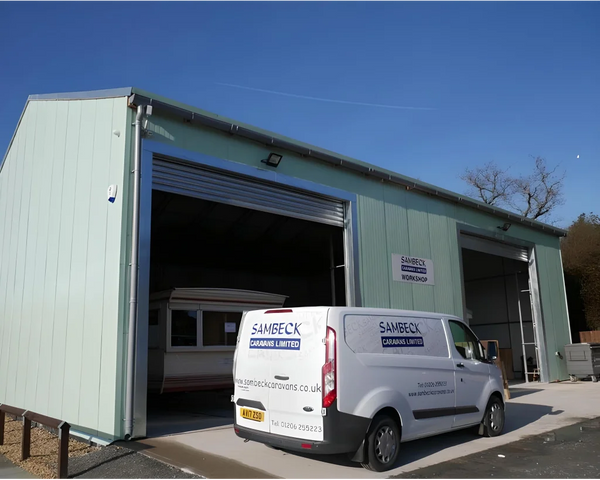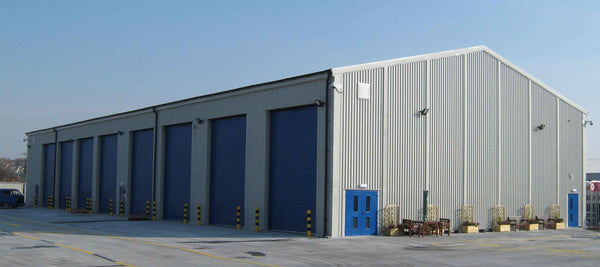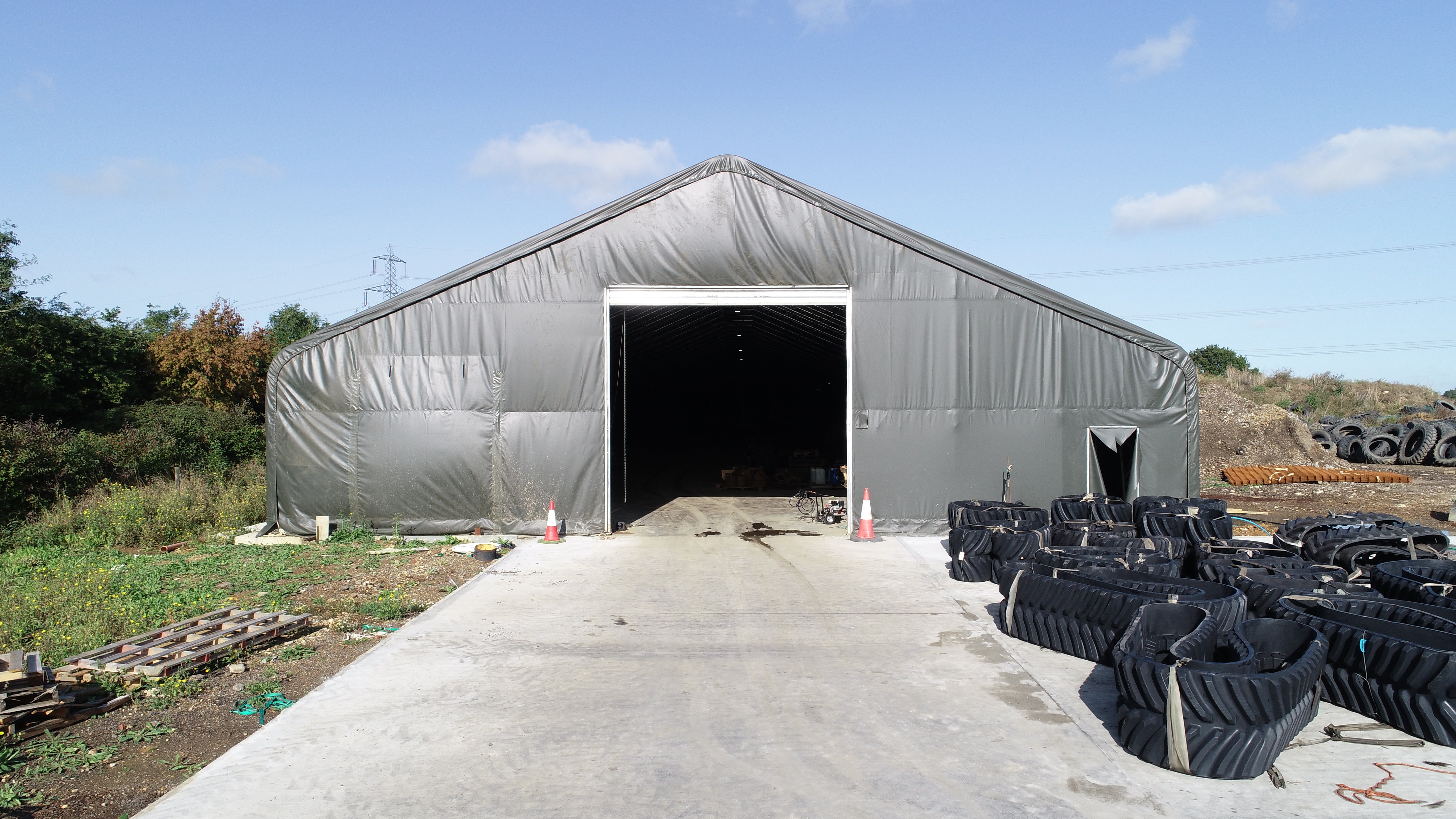
Essential Factors to Consider While Installing Temporary Warehouse Buildings
Businesses requiring more storage or operations space can find a useful and affordable answer in temporary warehouse buildings, which don't require the long-term commitment of permanent constructions. However, to effectively establish a temporary warehouse, you need to plan and consider several aspects to ensure the structure fits your demands and conforms with applicable laws. This blog will discuss 8 crucial things to consider when setting up temporary warehouse structures.
- Location and Accessibility
Location selection is essential for a temporary warehouse facility to be productive and efficient. The location must be carefully considered to provide simple logistics and transportation access. The proximity of supply chain routes, major highways, and other thoroughfares can significantly impact operational efficiency. The location should also have enough room for parking and vehicle movement to ensure efficient entry and outgoing procedures.
Consider the local infrastructure, which is essential for day-to-day operations and includes the availability of utilities like water, power, and internet connectivity. Assessing environmental effects and adherence to local zoning laws and regulations are also crucial. Reducing transportation costs, minimising delays, and improving overall warehouse productivity are all possible at the right site.
- Design and Layout
The optimal design and arrangement of a temporary warehouse structure is crucial for maximising storage capacity and streamlining operational procedures. A well-planned layout guarantees optimal space use, enabling effective commodities storage, retrieval, and transportation. The kind of items to be stored, the necessary storage solutions (such as racking and shelving), and the expected volume of inventory should all be taken into account.
The design should make it easier for people to move throughout the warehouse and reach all of its locations, including the loading and unloading sections. Furthermore, including adaptable design components enables future adjustments to operational procedures or storage requirements. Efficient design and arrangement has the potential to boost safety in the warehouse, decrease handling times, and increase production.
- Structural Integrity and Durability
Despite the common misconception that permanent structures are more durable than temporary ones, temporary warehouse buildings need to have excellent structural integrity and longevity. Construction materials should be strong enough to endure various weather conditions, including wind, rain, snow, and temperature changes. To avoid mishaps and structural collapses, ensuring the structure complies with all applicable safety regulations and building rules is crucial.
Selecting materials that combine strength and flexibility, including steel frames and reinforced textiles, can help achieve this balance. Routine maintenance and inspections are required to detect and address such problems before they worsen. A structurally solid warehouse guarantees the structure's longevity, the staff's safety, and the preservation of the stored items.
- Climate Control and Insulation
For stored items to remain unbroken and of high quality—especially those that are susceptible to variations in humidity and temperature—it is imperative to maintain an adequate internal environment. Proper climate control systems, such as HVAC (heating, ventilation, and air conditioning), are essential for managing the warehouse's humidity and temperature. In addition to minimising energy use and helping to maintain constant internal conditions, proper insulation also lowers operating costs.
Furthermore, taking the region's geographic location and seasonal weather variations into account might aid in identifying the precise climate control needs. By putting in place cutting-edge monitoring systems, it is possible to obtain data and alarms in real time and make timely adjustments to preserve ideal storage conditions. Goods held in a well-regulated environment last longer and are of higher quality, with less chance of deterioration.
- Security Measures
It is crucial to ensure a temporary warehouse structure is secure to safeguard priceless products and deter theft, damage, and unauthorised entry. Physical barriers like gates and fences and sophisticated surveillance systems like CCTV cameras and alarm systems should be part of any comprehensive security plan. Access control systems can limit access to authorised personnel exclusively.
Examples of these systems include vital cards or biometric entry. Patrol services or security guards can also add a degree of security. It is imperative to consider cybersecurity precautions to safeguard confidential inventory control and operations information. Frequent vulnerability assessments and security infrastructure upgrades can assist in closing gaps and improve the warehouse's overall level of safety.
- Cost and Budgeting
Installing a temporary warehouse building involves several financial considerations, including setup fees upfront, continuing operation costs, and other unanticipated charges. A thorough budget should cover the price of supplies, labour, building licences, and any site adjustments that may be required. It's also necessary to account for operational expenses like utilities, upkeep, security, and insurance.
Examining various financing choices—such as buying or leasing—can offer flexibility in light of financial limitations. Establishing a contingency fund to pay for unforeseen expenses during installation or operation is also wise. Reasonable cost control guarantees that the project stays within budget and satisfies all operational needs.
- Sustainability and Environmental Impact
In today's conscious world, it's becoming increasingly important to consider how a temporary warehouse building will affect the environment and how long it will last. Using eco-friendly building products and methods can reduce carbon footprint and help the environment. LED lights and solar panels are two examples of energy-efficient systems that can lower cost and energy use.
In addition, the warehouse can do more to be environmentally friendly by starting trash management and recycling programmes. Looking at the environmental effects during the planning stage helps find possible risks and ways to reduce them. Companies can follow ecological rules and improve their corporate social duty and public image by putting sustainability first.
The Bottom Line
In summary, planning and consideration of essential elements, including site, design, structural integrity, climate control, security, cost, compliance, and sustainability, is necessary to install a temporary warehouse building effectively. Taking care of these aspects guarantees safe operations, regulatory compliance, and efficiency. One of the leading manufacturers of prefabricated buildings, Kit Buildings, provides durable, adaptable, and sustainable structures that satisfy the highest standards. We also offer customised solutions for a variety of commercial purposes. By selecting Kit Buildings, businesses can acquire ideal storage solutions that boost efficiency and protect their priceless assets.
